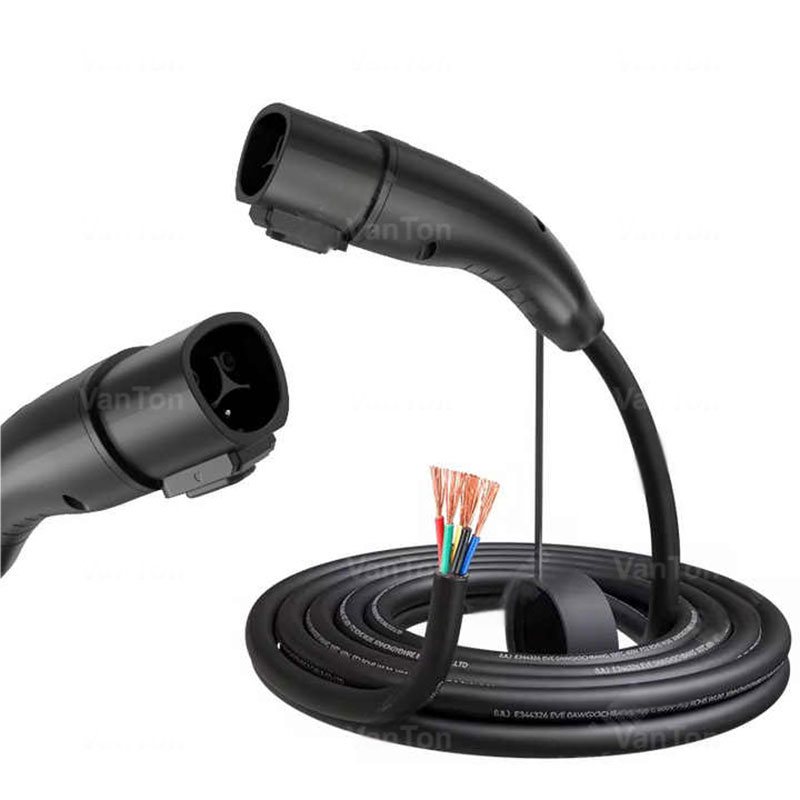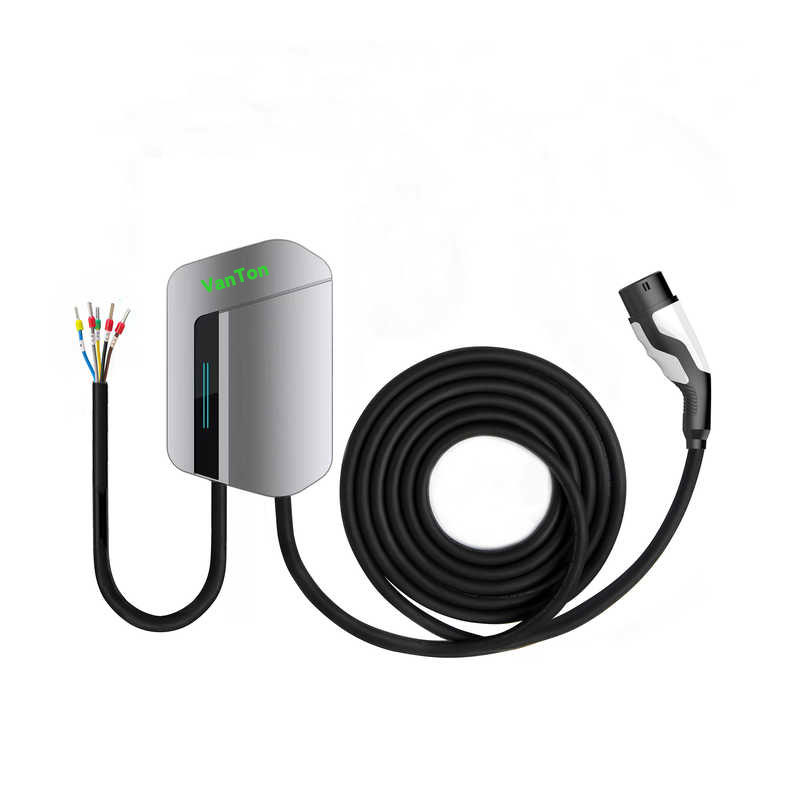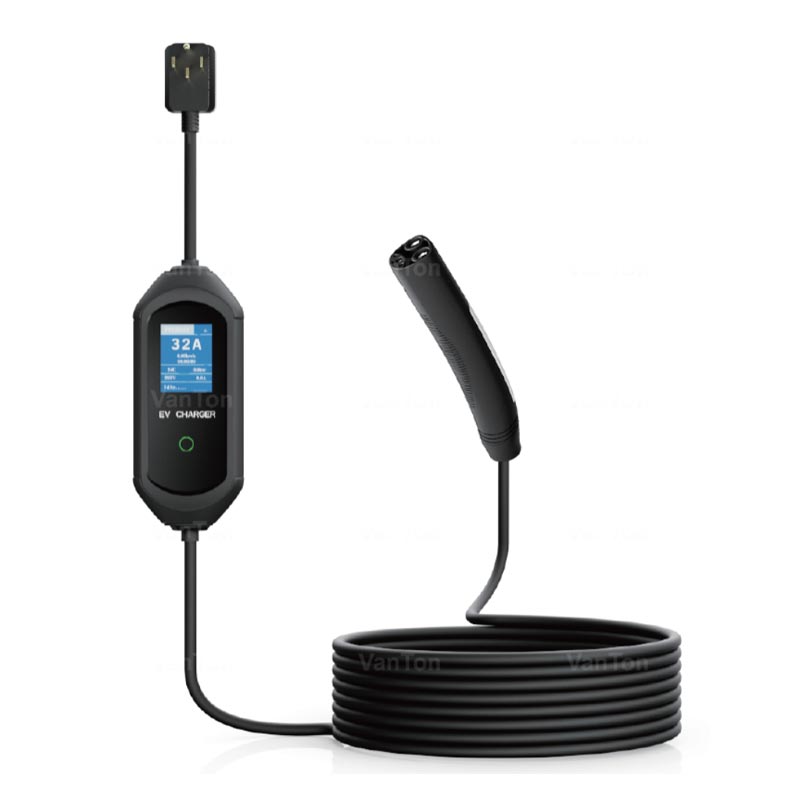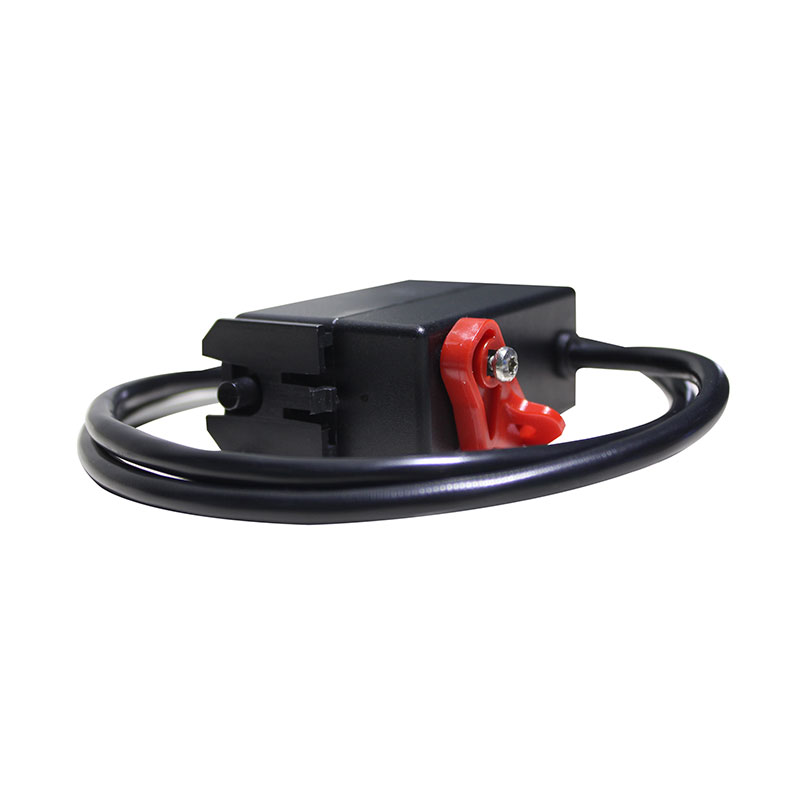What Makes the NACS AC Charging Cable the Future of EV Charging?
In recent years, the global shift toward electric vehicles (EVs) has accelerated, and with it comes the demand for faster, safer, and more reliable charging solutions. The NACS AC Charging Cable is gaining attention as a practical standard for EV owners, manufacturers, and infrastructure providers.
The answer lies in its balance between compatibility, efficiency, and safety. Unlike earlier charging connectors that varied across regions and brands, the NACS (North American Charging Standard) is increasingly being adopted as a universal connector in North America. This means EV owners can rely on a single, well-engineered cable type rather than facing uncertainty at public stations.
Key advantages that explain its growing popularity:
-
Universal adoption: Many automakers are transitioning to NACS, ensuring compatibility across multiple EV brands.
-
User-friendly design: Lightweight, compact, and easy to handle compared to bulkier alternatives.
-
Safety features: Built-in protection against overheating, short circuits, and overcurrent.
-
Future-proof technology: Designed to support both home and commercial AC charging requirements.
The NACS AC Charging Cable is not only about convenience but also about setting a standardized foundation for EV infrastructure. This explains why industry experts and consumers alike are increasingly turning to it.
What Are the Technical Parameters of the NACS AC Charging Cable?
For EV drivers and fleet managers, specifications matter. The performance, durability, and compliance of the charging cable directly impact charging speed, safety, and long-term reliability. Below is a comprehensive parameter table outlining the professional details of a standard NACS AC Charging Cable:
| Specification | Details |
|---|---|
| Connector Type | NACS (North American Charging Standard), AC charging |
| Rated Voltage | 250V AC (single-phase) |
| Current Options | 16A / 32A / 40A / 48A |
| Power Output Range | 3.5 kW – 11.5 kW depending on model |
| Cable Length | Standard: 5m, Optional: 7m or custom length |
| Conductor Material | High-purity copper with multi-strand design for efficient conductivity |
| Insulation Material | XLPE / TPE jacket, flame-retardant, UV-resistant, waterproof (IP55–IP67) |
| Operating Temperature | -30°C to +55°C |
| Durability | Over 10,000 mating cycles |
| Certifications | UL, CE, RoHS, FCC |
| Safety Features | Overcurrent protection, overvoltage protection, leakage detection, grounding |
| Compatibility | Supports all EVs adopting NACS AC interface |
These parameters highlight the professional-grade construction of the cable. The conductor material ensures efficient power transfer, while the insulation guarantees safety under harsh environmental conditions. A high mating cycle rating ensures that the cable is suitable not just for personal daily use but also for commercial charging stations.
Beyond specifications, the NACS AC Charging Cable is designed for plug-and-play reliability. Users do not need advanced technical knowledge; they simply connect their EV, and the cable handles safe current delivery.
How Does the NACS AC Charging Cable Enhance Everyday EV Charging?
a) Faster and More Efficient Charging
While DC fast charging often dominates headlines, most EV owners rely heavily on AC charging at home or work. The NACS AC Charging Cable supports up to 48A, which translates to a reliable charging power of up to 11.5 kW. This allows drivers to recharge their vehicles overnight or during office hours without range anxiety.
b) Enhanced Safety and Durability
Safety remains a critical factor in EV adoption. The cable’s multi-layer insulation and built-in safety protocols ensure that risks such as overheating, current leakage, or accidental shocks are minimized. Furthermore, its robust design ensures it withstands repeated bending, coiling, and exposure to various weather conditions.
c) Simplified User Experience
One of the challenges with early EV infrastructure was the variety of incompatible plugs. The NACS AC Charging Cable eliminates that barrier by offering a single standardized interface, making it intuitive even for first-time EV owners.
d) Versatility Across Environments
Whether installed in a home garage, workplace parking lot, or commercial charging hub, the cable delivers consistent performance. Customizable lengths also mean users can adapt installations to their unique requirements.
e) Contribution to EV Ecosystem Standardization
By promoting interoperability, the NACS AC Charging Cable fosters trust in EV adoption. Consumers no longer need to wonder whether their EV will charge at a given station. This shift directly contributes to higher EV acceptance rates.
What Questions Do EV Owners Frequently Ask About the NACS AC Charging Cable?
FAQ 1: What EVs are compatible with the NACS AC Charging Cable?
All electric vehicles that adopt the NACS standard can use this cable for AC charging. Leading manufacturers are transitioning to NACS, which means compatibility will cover the majority of EVs sold in North America over the coming years. Even brands previously using CCS or other connectors are moving toward NACS, ensuring broad future-proof adoption.
FAQ 2: How long does it take to charge using a NACS AC Charging Cable?
Charging time depends on three factors: vehicle battery capacity, onboard charger rating, and current supported by the cable. For example, at 32A and 7.6 kW output, a mid-sized EV with a 60 kWh battery typically takes around 8 hours for a full charge. At 48A (11.5 kW), the same vehicle can be fully recharged in closer to 5–6 hours. This makes it highly practical for overnight home charging or daily top-ups at work.
The NACS AC Charging Cable is more than just a power conduit—it represents the next step in the evolution of EV charging infrastructure. By answering why it is becoming the standard, what technical parameters define its reliability, how it enhances daily charging, and addressing common questions, one thing becomes clear: the NACS AC Charging Cable is shaping the future of sustainable mobility.
For those looking for a trusted supplier, VanTon provides industry-grade NACS AC Charging Cables engineered with precision, safety, and long-term reliability. Whether you are an EV owner, fleet manager, or infrastructure developer, choosing VanTon means investing in quality and future-ready technology.
To learn more or to request a custom solution tailored to your needs, contact us.
- What did I learn when a DC fast charger became part of my everyday business?<
- How fast is a DC EV charger?
- What Makes the GBT to Tesla Adapter a Game-Changer for EV Charging?
- What Can a Portable AC EV Charger Deliver?
- Portable Artifact: How Portable Electric Vehicle Chargers Change Our Travel Life?
- Why Is the 30KW Mobile DC EV Charging Station Transforming the Electric Vehicle Power ?














